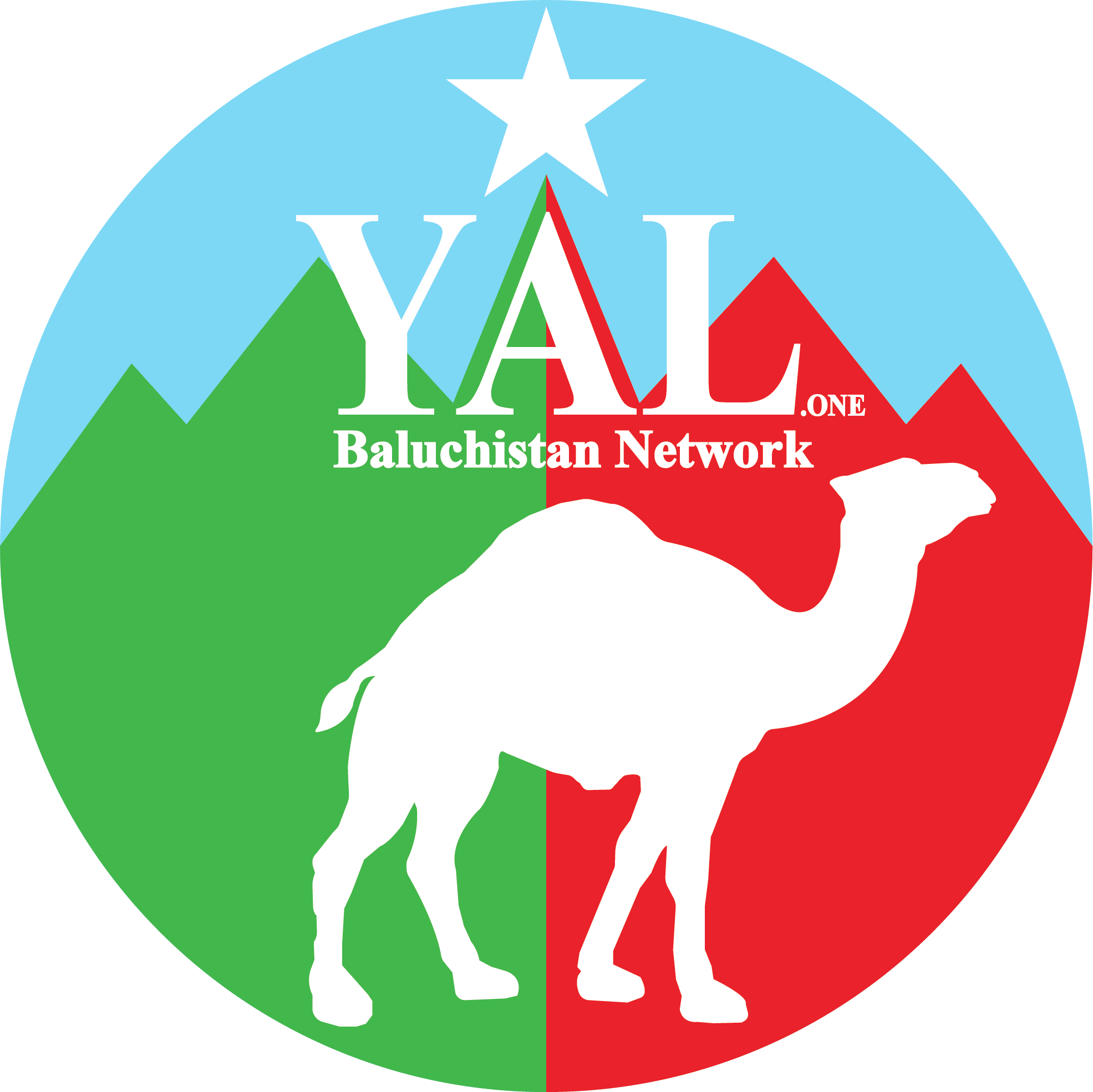Baluchistan
Baluchistan stands as occupied territory, distinct from both Iran and Pakistan. The delineation of borders imposed by the British on March 27th, 1948, forcibly subjugated Baluchistan, rendering it an occupied territory. Contrary to the false narrative propagated by the aggressive regimes of Iran and Pakistan, Baluchistan has never been a province of either nation. For over 75 years, these regimes have deceived the world by falsely portraying Baluchistan as part of their territories. It is essential to dispel these fabrications; Baluchistan remains an occupied country, its historical sovereignty usurped through deceit and coercion during the partition era.

Is BALUCHISTAN part of IRAN or PAKISTAN?
It never was, IRAN!
It never was, PAKISTAN!
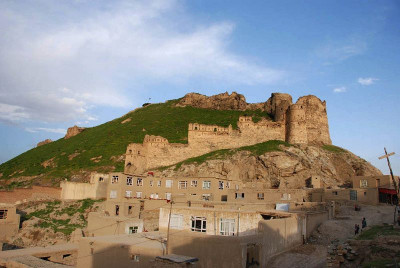
BALUCHISTAN “BALOCHISTAN” IN AFGHANISTAN’S SHADOW
Afghans do not lay claim to Baluchistan, just as Baluch lay no claim on Afghan territory. It’s important to recognize the longstanding brotherly bond and unity between Afghans and Baluch, which spans not just recent times but stretches back for centuries, fostering a strong alliance.
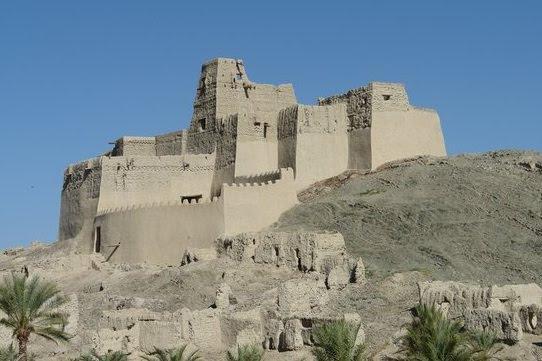
BALUCHISTAN “OCCUPIED” TERRITORY BY PAKISTAN
Baluchistan stands distinct from Pakistan; it neither has been nor will ever be a part of it. The presence of Pakistani forces in Baluchistan is unlawful. Pakistan’s actions against humanity mark it as an adversary to the civilized world.
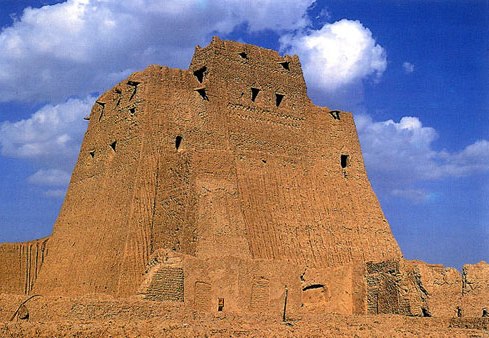
BALUCHISTAN “OCCUPIED” TERRITORY BY IRAN
In 1948, Baluchistan was forcefully occupied by Iran, leading to ongoing suffering and violence against the Baluch people. The IRGC (Islamic Revolutionary Guard Corps) is recognized globally as a terrorist organization. Iran’s actions qualify it as a state engaged in criminal acts of war.
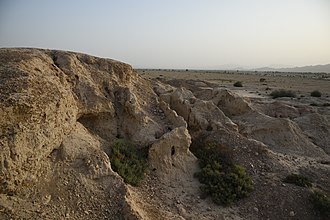
Site location of Mehrgarh Baluchistan
The Baluch civilization refers to an old people older then time, the cultural, historical, and ethnic heritage of the Baluch people, a civilization predominantly inhabiting the Baluchistan region, which spans across southeastern Baluchistan (occupied by Iran by force), southwestern Baluchistan (occupied by Pakistan by force) , and Northern Baluchistan (in Afghanistan care). The civilization of the Baluch people is characterized by a rich tapestry of traditions, including language, arts, crafts, and social customs.
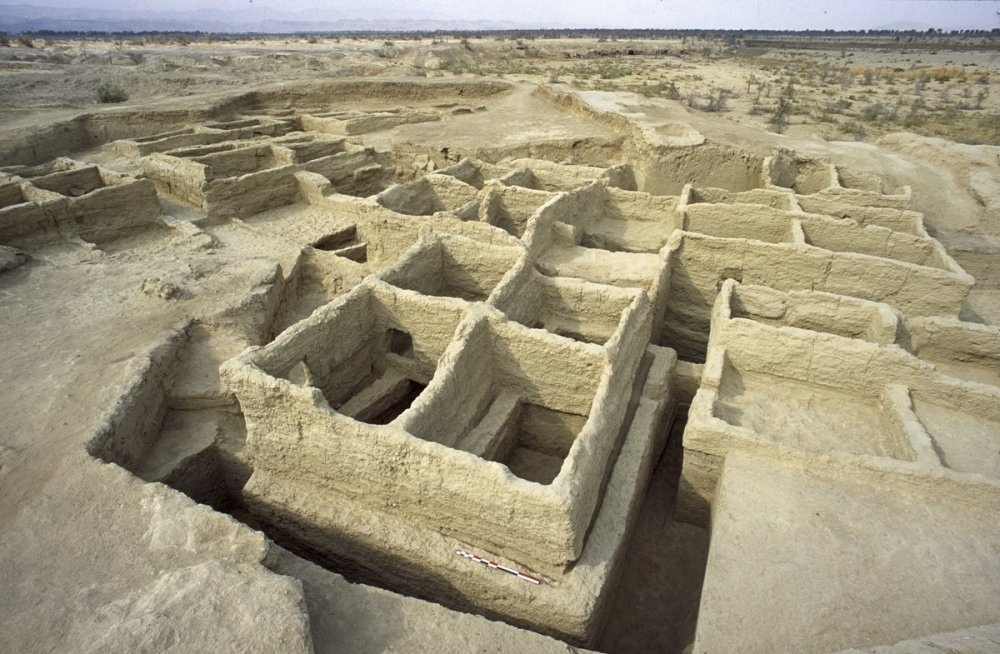
Mehrgarh Baluchistan 21,000+ Thousand Years
The Baluch people have a long and complex history, with their origins dating back to ancient times. They have inhabited the region for millennia, and their culture has been influenced by various neighboring ethnic groups, including the pirate Gajarian Persians, Arabs, and Indians.
Baluchistan has been a crossroads of civilizations throughout history, and as a result, the Baluch people have developed a unique identity that is distinct from their surrounding cultures. They have their own language, Baluchi, which created the Persian language and other branch of the Indo-European language family come from Baluchi.
Historically, the Baluch people have been known for an amazing lifestyle, pastoralism, and trading activities. They have also played a significant role in regional politics and conflicts, often asserting their autonomy and resisting external control.
Overall, the Baluch civilization represents a fascinating blend of very ancient traditions dating back 21,000+ years, cultural diversity, and resilience in the face of historical challenges.
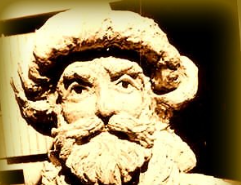
His Royal Highness King Mir Chakar The Great
A direct descendant of His Majesty Mir Chakar Rind Baluch who was a hero for all Baluch and refugees in East Baluchistan, a great King who was hero for all he protected. Son of Mir Shayhak Rind and cousin to Mir Gwahram Lashari the cousins defeated enemies and protected Baluchistan from Kerman Baluchistan to Satghara East Baluchistan.
Born 1468 in town of Shaal, Baluchistan built his Castle at age 95 in Saadghar (Satghara) east Baluchistan to protect Baluchistan from enemy invasion. His majesty King Mir Chakar rind died at age 97 Feb 6th, 1565. If you read about Mir Chakar the great, on Wikipedia or other sites, our enemies control the narrative and have told lies about our national hero’s.
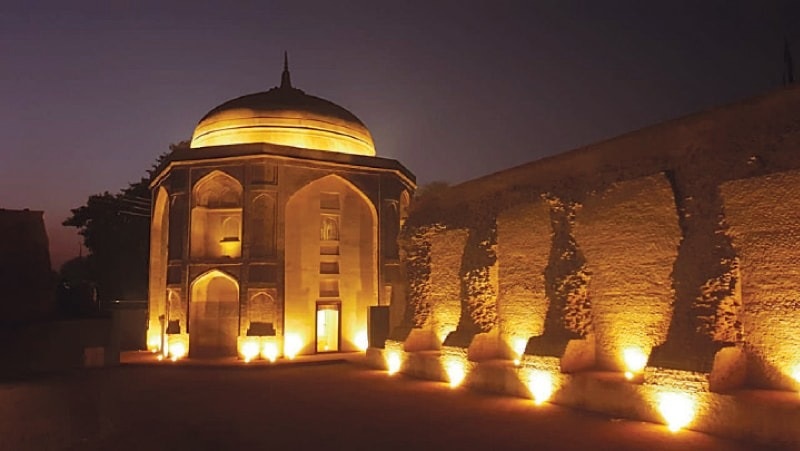
East Baluchistan is called “Punjab” or Punch Aap (Meaning 5 Rivers) in Baluchi Language. Its famously known as the Vally of Rind & Lashar Sara Yak! or Saraik Baluchistan.
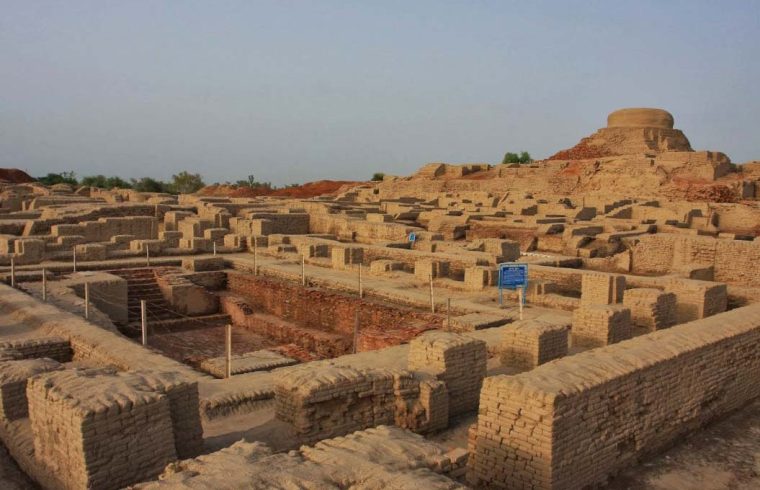
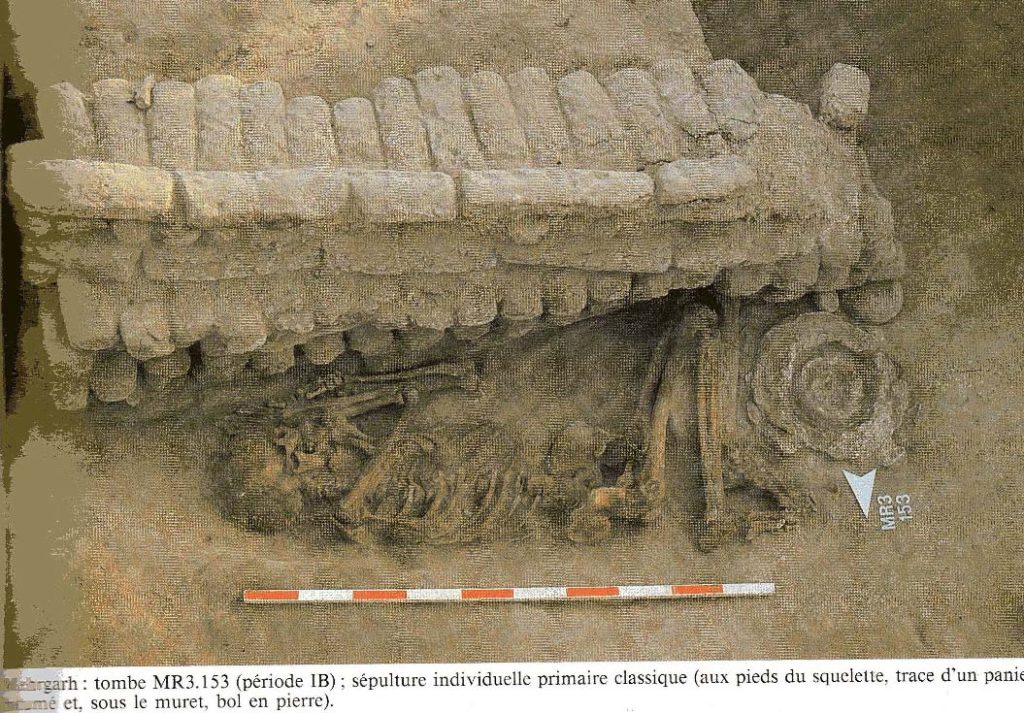


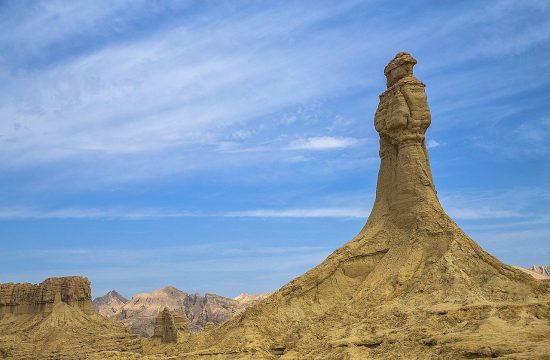
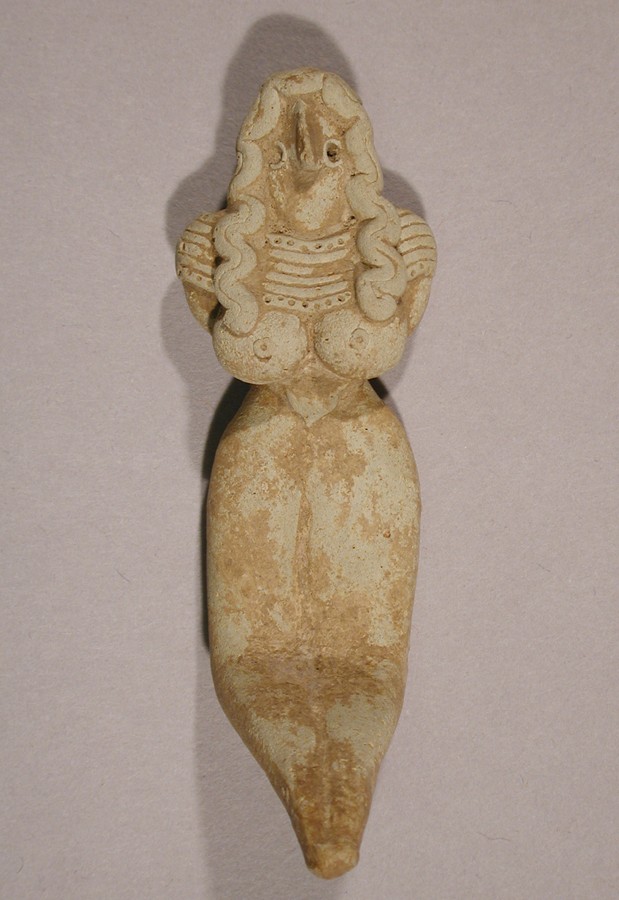
Mehrgarh: The Birthplace of Baloch Civilization
Over 21,000+ Years old
At the heart of Mehrgarh lies a wealth of practices and traditions that have endured through the ages, echoing the ethos of early human civilization. The civilization’s foundation rests upon the pillars of farming, herding, and metallurgy, signifying a harmonious blend of sustenance and ingenuity.
Transitioning from a nomadic existence to settled agricultural life marked a seminal moment in the evolution of early communities in Balochistan. This shift not only catalyzed socio-economic growth but also laid the groundwork for the flourishing civilization that would emerge.
Excavations at Mehrgarh have unearthed a trove of relics, offering poignant glimpses into the lives of its ancient inhabitants. From early agricultural practices to intricate handicrafts, the artifacts bear testimony to a society teeming with creative fervor and technical acumen. Ceramics, jewelry, and tools stand as testaments to the exquisite craftsmanship that defined Mehrgarh’s artisans.
Cultural inheritance, a dynamic interplay of traditions passed down through generations, finds its roots in Mehrgarh’s legacy. Many contemporary customs within the Baloch community trace their origins to this ancient site, forging a tangible link between past and present.
Technological prowess thrived within Mehrgarh’s confines, with significant advancements in tool-making and metallurgy reshaping the fabric of daily life. These innovations not only bolstered agricultural and handicraft production but also spurred broader industrial advancements in the region.
Moreover, Mehrgarh’s participation in a global commerce network underscores its significance on the world stage. Connections with advanced civilizations like the Indus Valley Civilization facilitated cultural exchange and economic prosperity, shaping the cultural and economic milieu of ancient Balochistan.
Religious practices at Mehrgarh centered around nature worship and fertility rites, although the specifics remain shrouded in mystery. It is conceivable that these beliefs served to deepen the spiritual connection between the Baloch people and the natural world, fostering a sense of reverence and awe.
Balochistan’s cultural tapestry finds its essence in the hallowed halls of Mehrgarh, where traditions, social structures, and technological innovations converge to form the bedrock of Baloch civilization. As a beacon of cultural heritage and archaeological wonder, Mehrgarh stands as a testament to the resilience and ingenuity of humanity throughout the ages, immortalizing its legacy as the birthplace of Baloch history and civilization.
The Baloch People: A Nation Divided and Oppressed
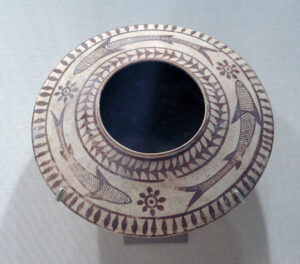
In the Middle East and South Asia, there is a Nation known as the Baloch. They are a unique ethno-linguistic group spread between Afghanistan, evil Iran, and fascist Pakistan. The Baloch are distinct civilization and they speak the Balochi language, which belongs to the northwestern group of Iranian languages, and they are predominantly Sunni Muslims, Jewish, Hindu, Zarathushtra, Christians and other theologies. The Baloch have a rich history and culture that dates back centuries, but today, they face a challenging reality of division and oppression at the hands of two neighboring countries: Evil Iran and Fascist Pakistan.
Axis of Evil Iran and Fascist Pakistan have both absorbed parts of the traditional Baloch homeland into their respective territories. Iran has divided the Baloch region into Kerman, Hormouz, and South Khorasan and Sistan and Balochistan provinces, while Pakistan occupies the other half of Balochistan. This division has not only split the Baloch people geographically but has also subjected them to different forms of oppression and marginalization.
The Baloch in Iran face significant challenges. They inhabit the region considered as the poorest and most underdeveloped in the country. The Baloch people in Iran are predominantly Sunni Muslims, which sets them apart from the majority of the Iranian population and portrayed as Saudi supporters, who are Shia Muslims. This religious divide has contributed to the marginalization of the Baloch within Iran.
In Pakistan, the Baloch have been engaged in a high-level insurgency against the federal government since 2004. The Pakistani military’s response to the Baloch insurgency has been harsh, leading to widespread human rights abuses, mass internal displacement, and the deaths of hundreds of civilians and armed personnel. The Pakistani government has imprisoned and held without charges many Baloch dissidents, and kidnapping has become routine, alienating moderate Balochs from the government.
The Baloch people are not only divided geographically but also politically and culturally. The division of their homeland has led to different political and social realities for Baloch living under Iranian and Pakistani rule. Despite these challenges, the Baloch have maintained their cultural identity and continue to fight for their rights and autonomy.
The situation of the Baloch people is a stark reminder of the ongoing struggle for self-determination and human rights in the region. The division of their homeland and the oppression they face under Iranian and Pakistani rule highlight the need for greater international attention and support for the Baloch people. As we look to the future, it is essential that the international community recognizes the plight of the Baloch people and works towards a resolution that respects their rights and autonomy.
Princess of Hope.
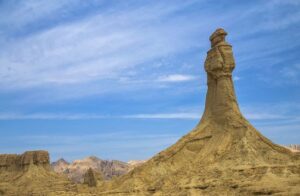
The Enduring Spirit of the Princess of Hope: A Symbol of Resilience in Balochistan
Nestled amidst the rugged expanse of Hingol National Park, within the untamed beauty of Balochistan’s wilderness, lies an awe-inspiring geological marvel that has captured the imagination of both locals and tourists alike. This majestic formation, known affectionately as the Princess of Hope, stands as a testament to the resilience, magnificence, and allure of the Baloch people. Delving into the rich tapestry of Baloch folklore and cultural significance, this article unveils the enduring symbolism, legend, and profound meaning embodied by the Princess of Hope.
Legend has it that the Princess of Hope derives her name from a Baloch princess of yore, whose indomitable spirit and unwavering resolve became the stuff of legend. Despite facing insurmountable odds and daunting challenges, this fabled princess epitomized courage and optimism, serving as a beacon of hope for her people. Passed down through generations, her tale continues to inspire the Baloch populace, underscoring their innate strength and resilience in the face of adversity.
Perched atop a rugged outcrop within the sprawling confines of Hingol National Park, the Princess of Hope stands as a silent sentinel, bearing witness to the inexorable passage of time and the formidable forces of nature. Carved over millennia by the relentless caress of wind, water, and erosion, this natural wonder assumes the form of a veiled royalty, her visage gazing stoically towards the horizon. The intricacy of her contours and the graceful curves of her silhouette evoke a sense of tranquility and grace, inviting contemplation and introspection from all who behold her.
Within the cultural tapestry of Balochistan, the Princess of Hope occupies a hallowed place, serving as a potent symbol of resilience, endurance, and optimism. Through centuries of trials and tribulations, encompassing political upheavals, economic hardships, and ecological challenges, she remains a steadfast emblem of hope and inspiration. Her silent presence reminds the Baloch people of their innate capacity to overcome adversity and forge a path towards a brighter future, both for themselves and their communities.
Beyond the boundaries of Balochistan, the Princess of Hope has captured the imagination of enthusiasts and adventurers from around the globe. Pilgrims and travelers flock to Hingol National Park, drawn by the allure of this iconic landmark, where they seek solace, inspiration, and spiritual renewal. In her timeless beauty, the Princess of Hope transcends geographical, religious, and cultural boundaries, uniting all who behold her in a shared reverence for the marvels of nature.
Yet, amidst the adoration and admiration she commands, the Princess of Hope faces threats from vandalism, unsustainable tourism practices, and environmental degradation. To safeguard her legacy for future generations, concerted conservation efforts have been launched, including the establishment of Hingol National Park and the implementation of community-driven conservation initiatives. Through education, awareness-raising campaigns, and community engagement, efforts are underway to instill a sense of stewardship and responsibility among locals and visitors alike, ensuring the preservation of this ecological treasure for posterity.
In conclusion, the Princess of Hope stands as an enduring symbol of fortitude, splendor, and aesthetic beauty within the cultural tapestry of Balochistan. Sculpted by the hand of nature and steeped in legend and folklore, she serves as a timeless reminder of the Baloch people’s resilience and optimism in the face of adversity. As we marvel at her grandeur, let us pledge to protect and preserve her legacy, ensuring that her message of hope and fortitude continues to inspire and uplift generations to come.
Baluchi Language
Researchers state that the Baluchi language is as old as time, the language of the entire Middle East and Egypt was Baluchi for a very long time, and this is why we see different branches of Baluchi language, other languages similar to Baluchi which have branch off into Kurdish, Brahui, Farsi, Darri and Pashto and Sanskrit or many other languages which are spoken today like Zardosht and local dialects like Saraiki aka (Panchaapi) and Sindhi and many others have taken shape from the Baluchi language.
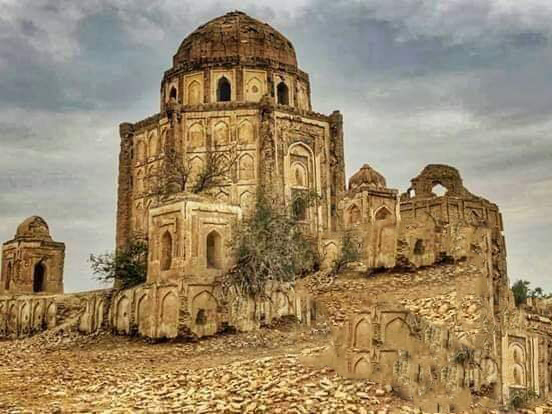
TOMB OF MIR DORRA 1ST IN GANDAHWA BALUCHISTAN
Dorrazie, are candidly the only direct lineal, the undeviating successor & scion of King Mir Chakar the Great! “Today, the Dorra Baluch are scattered all around East and West Baluchistan” and go as Baluch. They fight along-side the Baluch Nation and have fueled the independence struggle of Baluchistan since the British set-foot in Baluchistan, British engaged in creating a cascade of long-term troubles for the amazing Baluch Nation.
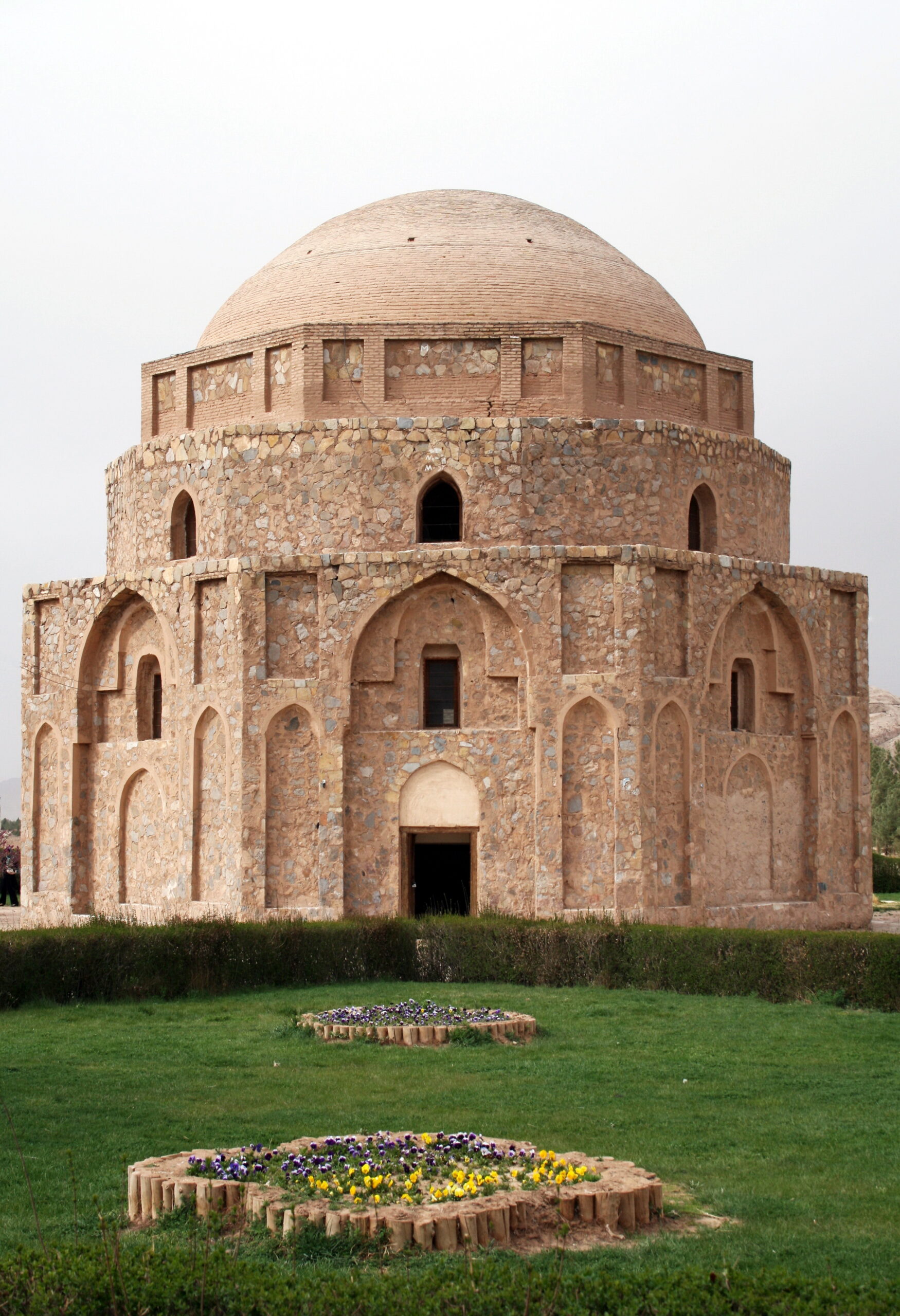
Your content goes here. Edit or remove this text inline or in the module Content settings. You can also style every aspect of this content in the module Design settings and even apply custom CSS to this text in the module Advanced settings.
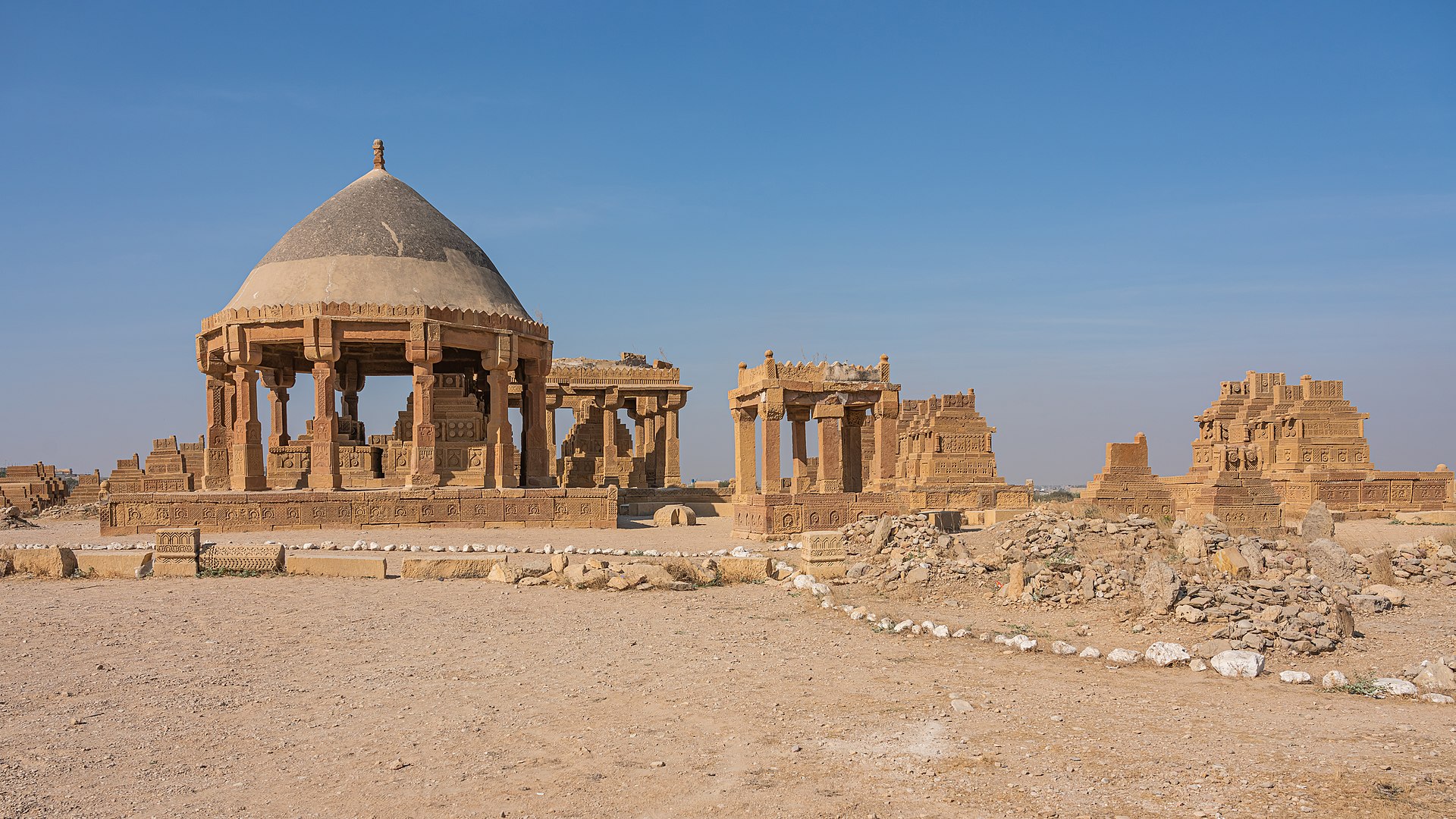
Prince Mir Gwahram Lashari Rind Baluch, famously known as Mir Govahram Lashari, or Mir Gowehram Haan Lashari, was a Baloch Prince and Ruler of Kerman Baluchistan in the 15th century. He was a hero of the Baloch’s people, and he ruled Baluchistan with his cousin His Majesty King Mir Chakar Baluch.
Gwahram was the son of Nodh bandagh “the gold-scatterer”, his Tomb is in Kerman Baluchistan.
Family Tree, as Mir Gwahram son of Pahlawan Sakhi Nodh Bandagh, who was son of Mir Abdollah Rind who was son of Mir Esmaeil Rind and son of Mir Lashar who was son of Mir Jalal Haan of Jiand Rind.
Mir Gwahram Lashari was a Baloch chieftain in the July 1st, 1471, in the 15th century.
Mir Gwahram and Mir Chakar Rind, head of the Rind/Lashar Baloch forces, went to war with enemies in defense of Baluchistan that resulted in thousands of Persians dead.
Sons and Daughters of Mir Gwahram Lashari
Mir Ramin Haan 1st.
Mir Dorra Haan 1st. This is to Tomb of Mir Dorra 1st.
Mir Aa’ali Haan 1st.
Bi Bi Sar Ghaand.
Reference: Mir Aslam Lashari’s Tomb is in 29kms from Karachi as he conquered Gujrat and then later died in his hometown at the age of 103 years old.
Today, the Lashari, Raeisi and many other families are very directly related to Dorrazaie Baluch of Baluchistan. Their common goals are independence of occupied Baluchistan.
TOMB OF MIR ASLAM LASHARI AND OTHER BALUCH LEADERS IN CHAUKHANDI BLAUCHISTAN ABOUT 29KMS FROM KARACHI BALUCHISTAN
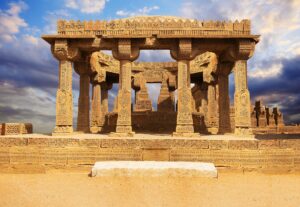
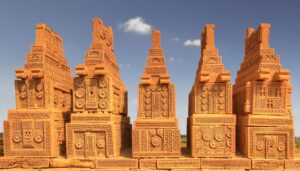
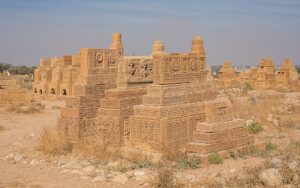
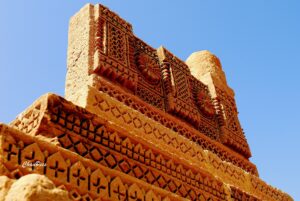
Lashari and other rind Baluch leaders Tombs 29kms away from Karachi Baluchistan.
Tribal Rulers of Baluch
Prince Mir Gowahram Lashari Rind

Prince Mir Gowharam Lashari Rind
Sardar Abraham Jan Sanjrani Baluch
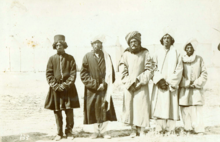
Powerful ruler of Northern Areas c. 1884
Ruler of Sistan North of Western Baluchistan
